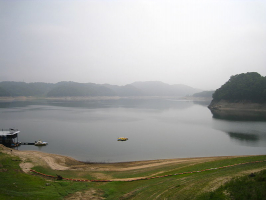Top 6 Longest Rivers in Syria
Syria is made up of a dry plateau in the northwest and a comparatively verdant mantle along the Mediterranean. Because of their plentiful water supplies and ... read more...pleasant climate, the northeast and south of the nation are key agricultural areas. Syria is drained by numerous major rivers, which also serve as significant water supplies for hundreds of thousands of Syrians. Syria's rivers have a significant historical and cultural significance in the history and development of religion and agriculture. Syria shares the majority of its rivers with nations such as Lebanon, Turkey, and Iraq. The rivers listed below are the longest rivers in Syria with a long history. The top 6 longest rivers in Syria can teach you more about the country.
-
The Euphrates River is Syria's and Western Asia's longest and most historically significant river, stretching 1,740 miles. It is one of Mesopotamia's two rivers, the other being the Tigris. It originates at the confluence of the Kara Su and Murat Su rivers in the Turkish town of Keban. The two rivers merge at the Keban Dam to form the Euphrates, which flows to the Turkish-Syrian border. The majority of the Euphrates River's water comes from rainfall and melting snow. The Euphrates is fed by three rivers: the Sajur, the Balikh, and the Khabur.
The Euphrates River drains an area of 223,674 square miles, with the majority of the basin being in Syria, Turkey, and Iraq. Most families near the river's banks rely heavily on it for water. It is also a significant source of fish and agricultural water. Along its banks, the Euphrates also nourishes natural vegetation.
Length: 2,800 km
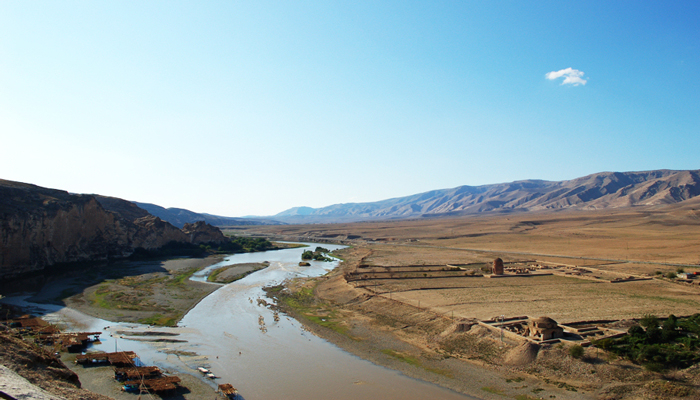
e-ir.info 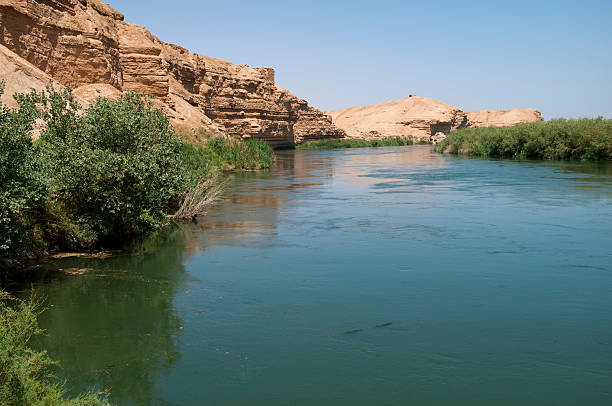
istockphoto.com -
One of the longest rivers in Syria that characterize Mesopotamia are the Tigris and Euphrates. The Tigris River travels 1,150 miles from Taurus Mountain in Eastern Turkey, through Turkey, and eventually joins the Euphrates near Al-Qurnah to create Shatt-al-Arab. Bagdad, Iraq's capital city, is located on the banks of the Tigris River. The Tigris is a vital transportation waterway for shallow-draft vessels traveling as far as Baghdad. In Iraq and Turkey, the river is largely dammed for irrigation purposes. Damming is also a preventative strategy to prevent flooding in Iraq. Tigris has religious importance as well. It is found in the Bible's Old Testament. It's also referenced in Islamic texts.
The Tigris divides into multiple channels at its confluence with the Euphrates. The artificial Shatt al-Hayy first branches out to join the Euphrates at Nasiriyah. Second, the Shatt al-Muminah and Majar al-Kabir diverge to supply the Central Marshes. Further downstream, two more distributary waterways (Al-Musharrah and Al-Kahla) branch out to feed the Hawizeh Marshes. The main channel continues south until it meets the Al-Kassarah, which drains the Hawizeh Marshes. Finally, near al-Qurnah, the Tigris joins the Euphrates to form the Shatt-al-Arab. Pliny and other ancient historians claim that the Euphrates previously had a separate outflow into the sea from the Tigris.
Length: 1900 km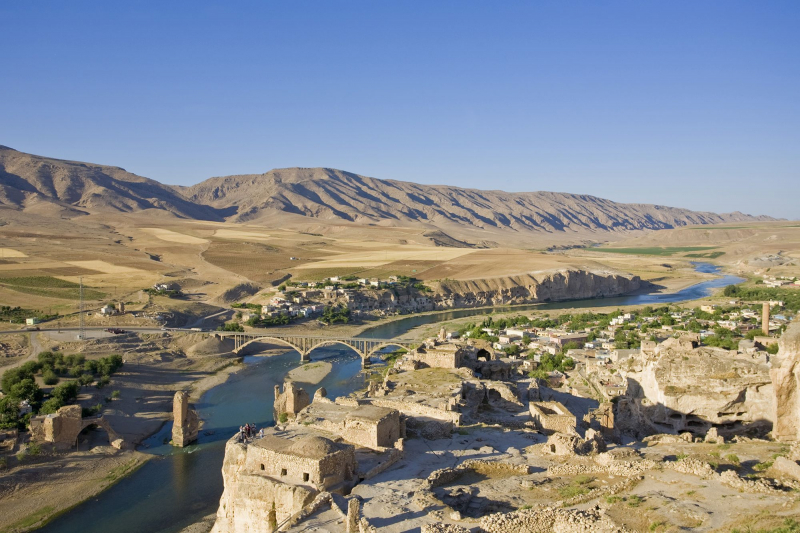
nationalgeographic.org 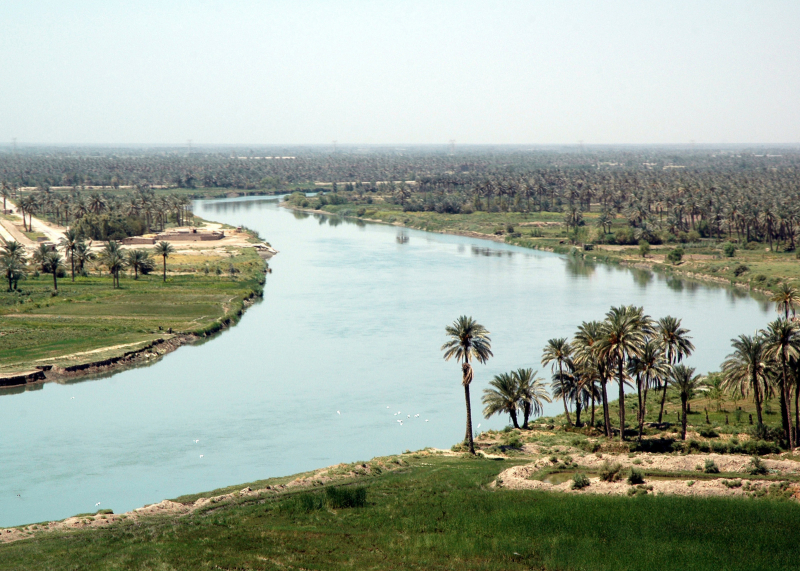
nara.getarchive.net -
The Orontes River begins in Lebanon in Labweh and travels through Syria and Turkey before emptying into the Mediterranean Sea. It drains an area of 8,880 square miles and spans a total distance of 355 miles. In Syria, the river flows into the Lake of Homs via the city of Homs. It is a fixed border between the Principalities of Antioch and Aleppo. The Orontes River is difficult to navigate, and it has seen key confrontations such as the Battle of Kadesh and the Battle of Qarqar. Orontes also includes the ancient Apamea and Larissa sites in the Hamah area.
The river was known as Arantu by the ancient Assyrians in the ninth century BCE, and Araunti by the adjacent Egyptians. The derivation of the name is uncertain, however some sources suggest that it is derived from Arnt, which means "lioness" in Syriac languages; others dubbed it Alimas, a "water goddess" in Aramaic. However, Arantu subsequently became "Orontes" in Greek.
Length: 571 km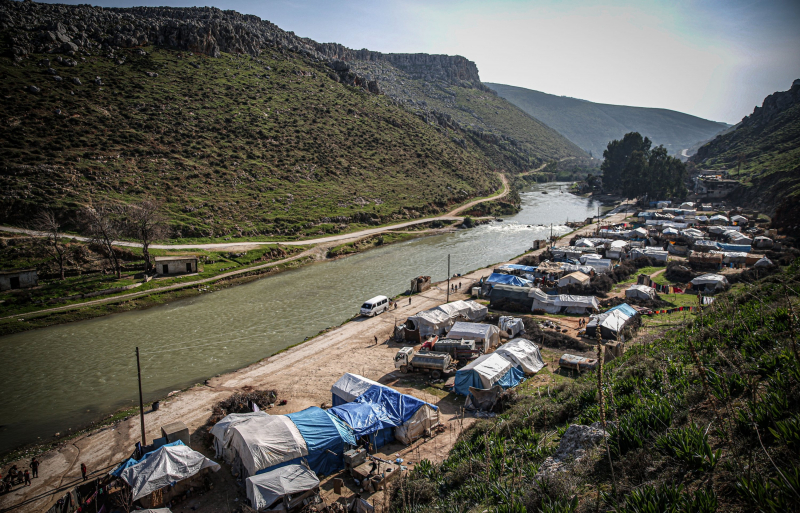
dailysabah.com 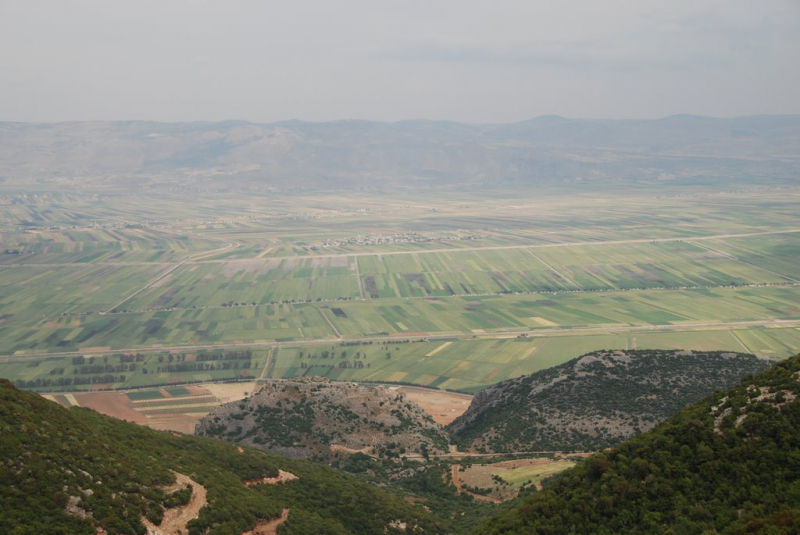
mapio.net -
The Khabur River is Syria's greatest perennial tributary to the Euphrates. Although the Khabur starts in Turkey, the river's major source of water is the karstic springs surrounding Ras al-Ayn. Several significant wadis join the Khabur north of Al-Hasakah, forming the Khabur Triangle, or Upper Khabur region. Annual rainfall in the Khabur basin varies from around 400 mm to less than 200 mm from north to south, making the river a crucial water source for agriculture throughout history. Near the village of Busayrah, the Khabur enters the Euphrates.
Ptolemy and Pliny the Elder referred to the river as the Chaboras (Ancient Greek: Χαβώρας), Procopius referred to it as the Chabura, Strabo, Zosimus, and Ammianus Marcellinus referred to it as the Aborrhas (Ἀβόρρας), and Isidore of Charax referred to it as the Aburas (Ἀβούρας). It was described as a big Mesopotamian river that began at Mons Masius, some 40 miles (64 kilometers) from Nisibis, and flowed into the Euphrates at Circesium (Kerkesiah). Procopius mentions it as a significant river, and Ammianus claims Julian the Apostate crossed it "per navalem Aborae pontem." Strabo mentions it as being close to the town of Anthemusia.
Length: 486 km
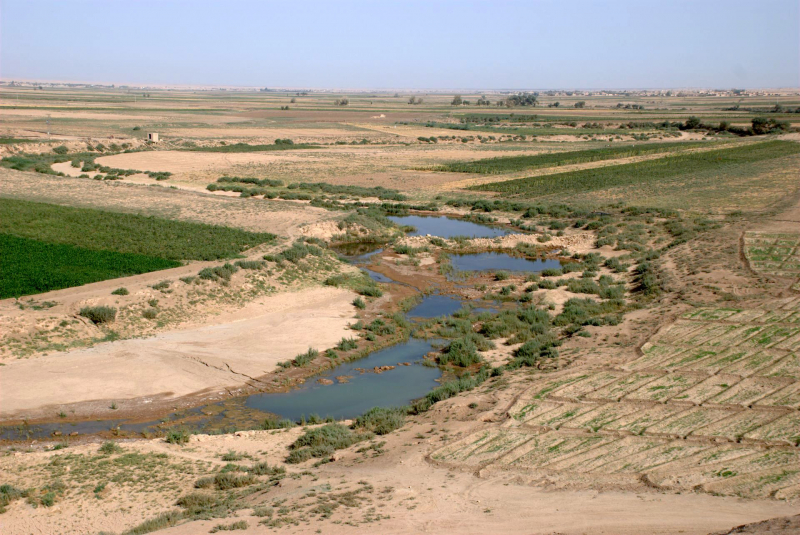
en.wikipedia.org 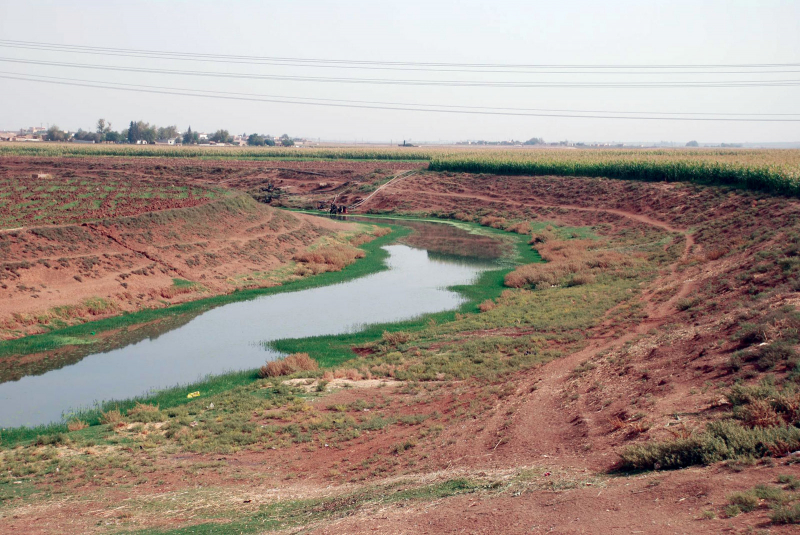
syriacpress.com -
The Sajur River (Arabic: نهر الساجور [næhr æs sæːˈd͡ʒuːr], Turkish: Sayur Çayı) is a 108-kilometer-long (67-mile-long) river that originates in Turkey and flows into the Euphrates in Syria. It is the smallest of the three rivers that enter the Euphrates in Syria, and the only one that does so on the right bank. The occupation of the Sajur basin began in the Lower Palaeolithic epoch and continues to this day.
It is supplied by two streams that come together south of Gaziantep. The Sajur then flows southeast till it reaches the Syria–Turkey border. The river then flows about eastward till it joins the Euphrates on its right bank, in the region inundated by the Tishrin Dam reservoir. In Syria, the river carves a valley through the Manbij Plain that is 20 to 100 meters (66 to 328 feet) below the plain's surface and up to 500 meters (1,600 feet) broad. The average discharge rate is 4.1 cubic meters (140 cubic feet) per second. Maximum discharge is 7 cubic metres (250 cu ft) per second in February and March, while minimum discharge is 1.4 cubic metres (49 cu ft) per second from June to October. The yearly discharge average is 0.14 cubic kilometers (0.03 cu mi). The Sajur is the smallest of the three rivers that enter the Euphrates on Syrian land, both in length and discharge. The other two are the Balikh and the Khabur. The Sajur is also Syria's sole river that joins the Euphrates on the right side; both the Balikh and the Khabur arrive on the left bank.
Length: 108 km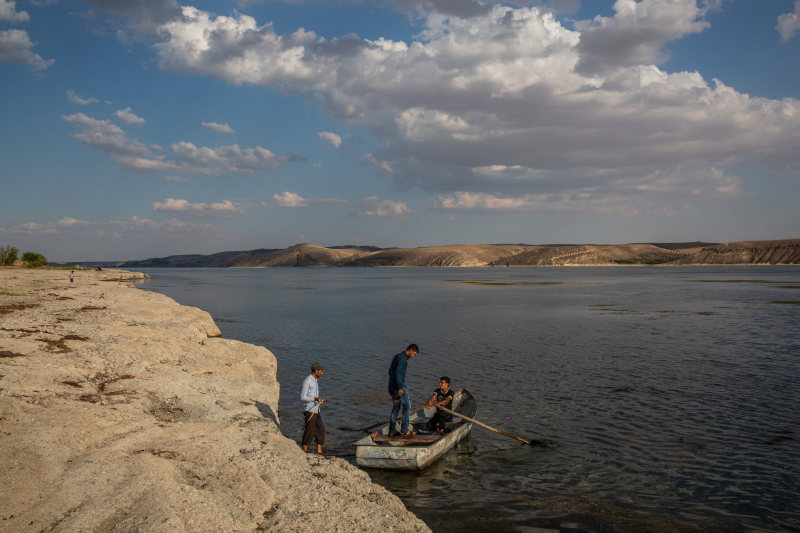
nytimes.com 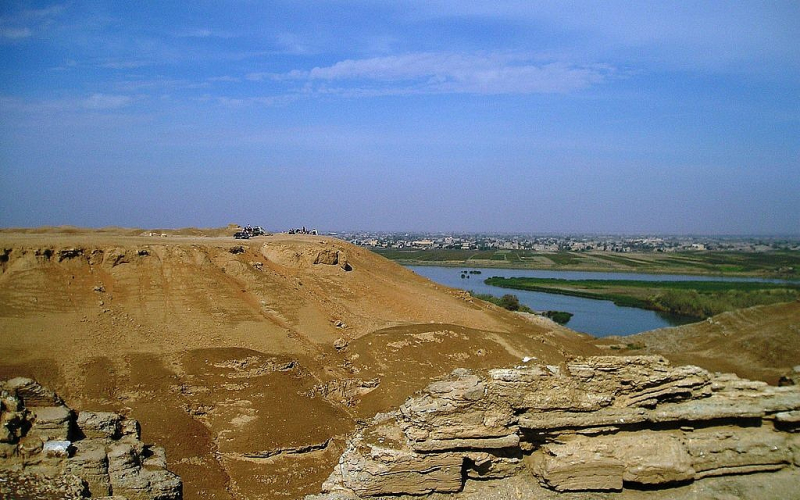
timesofisrael.com -
The Balikh River (Arabic: نهر البليخ) is a perennial river in the Eastern Mediterranean conifer-sclerophyllous-broadleaf forests ecoregion that flows from the spring of Ain al-Arous near Tell Abyad. It runs south and meets the Euphrates in Raqqa, the modern city. After the Khabur River, the Balikh is Syria's second greatest tributary to the Euphrates. It is a major supply of water, and considerable portions of it have lately been canalized.
The Balikh River's principal source is the karstic spring of Ain al-Arous, located just south of the Syria–Turkey border. The Balikh also draws water from a number of seasonal streams and wadis that drain the Harran Plain to the north as well as the plains to the west and east of the river basin. The Jullab, Wadi Qaramogh, and Wadi al-Kheder are the names of these streams.
The Balikh is linked by the Jullab canal a few kilometers south of Ain al-Arous. This little river flows from springs north of Anlurfa, but it runs dry at Harran before reaching the Balikh. However, several now-dry wells in Harran's old city imply that the water table may have been substantially higher in the past.
Length: 100 km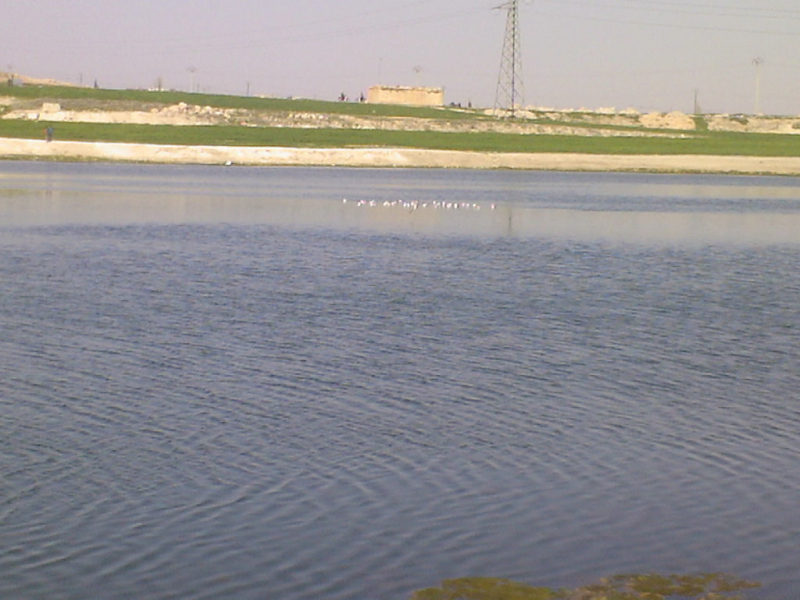
flickr.com 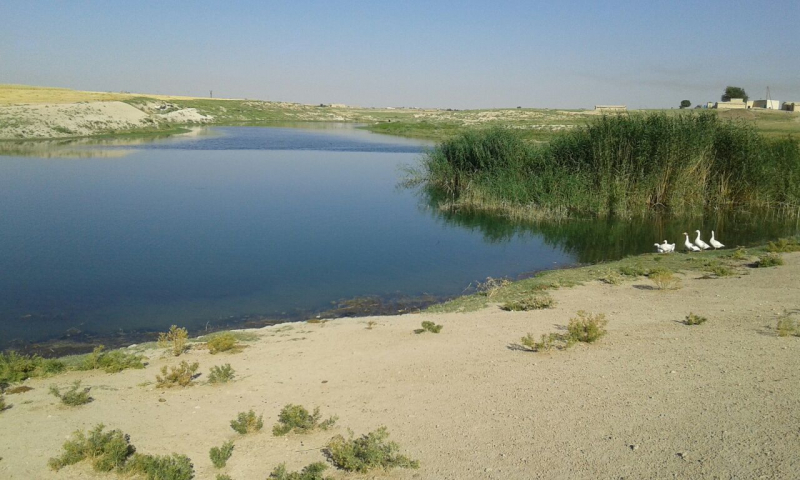
ayn-almadina.com


























